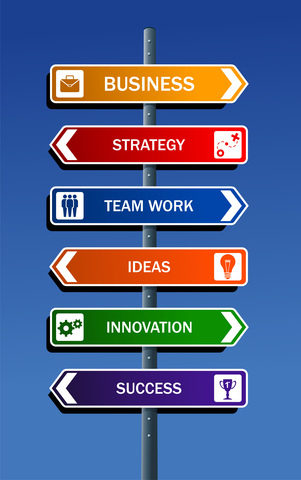Agility. Much of a firm’s agility relies on structured data (databases, CRM, and spreadsheets) to inform decision-making. However, I believe that in the era of AI, emotional agility will be critical for B2B firms to engage with the next generation of customers, who want personalized experiences.
AI has no feelings. Humans do. However, it’s challenging for B2B businesses to tap deeply into customer feelings when 60% of IT budgets are invested in structured data (databases, CRM, and spreadsheets).
According to IDC, 80-90% of the data generated by data firms is unstructured data (text, video, social media, and audio). That’s where the emotions are expressed. Grand View Research notes that sentiment analysis is expected to grow by 16% between 2024 and 2030.
What makes unstructured data challenging?
🔀 Different formats: Text, video, social media, and audio are stored in various formats, such as .docx, .gif, jpg, mp4, or .png, which don’t fit standard database structures.
💾 Larger files: We’ve left the petabyte era behind. According to Altexsoft, by 2028, global data storage will approach 394 zetabytes – think 21 zeros, equivalent to 10 billion movies that would take you 1.8 million years to watch. Storing unstructured data in data lakes enables firms to handle the variety of data types.
🔍 Search is hard: Investments in structured data continue because it’s easier to search. Unstructured data isn’t. It requires integrating the various data modalities and utilizing tools that can identify patterns and potential outcomes.
What AI allows firms to do is take structured and unstructured data to understand:
🎯 Customer Segments: Run a regression analysis on the unstructured data to identify patterns and begin labeling them. For forward-leaning firms, you can validate existing customer segments, recognize shifts, and determine what those new customer segments look like.
🎭 Sentiment Analysis: Utilizing unstructured data can enable CEOs to proactively respond to changing industry behaviors and CMOs to implement new marketing campaigns for segments of customers who are slow to respond to a product launch, rather than waiting for quarter-end revenue results.
✨ Personas and Personalization: Unstructured data serves as the gateway to understanding personas on an emotional level, enabling forward-thinking firms to personalize solutions for their customers. With AI, I believe B2B firms will have more personas because of their ability to address customer-specific fears, anxieties, and aspirations throughout the customer journey.
Firms that embrace emotional agility by leveraging unstructured data will create long-term customer lifetime value, driving sustainable growth.
Want to align your teams on your ideal customer fit so they hit revenue faster and sustainably grow? Schedule a Discovery Session.





